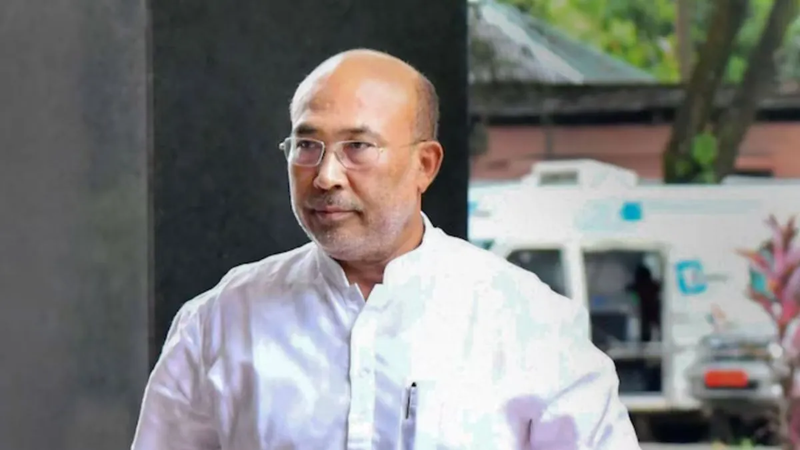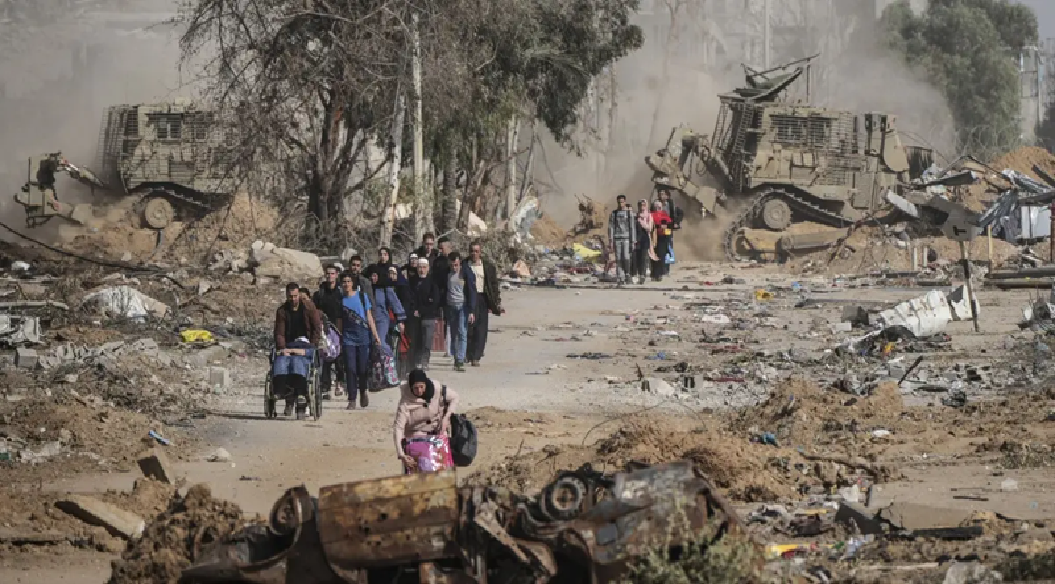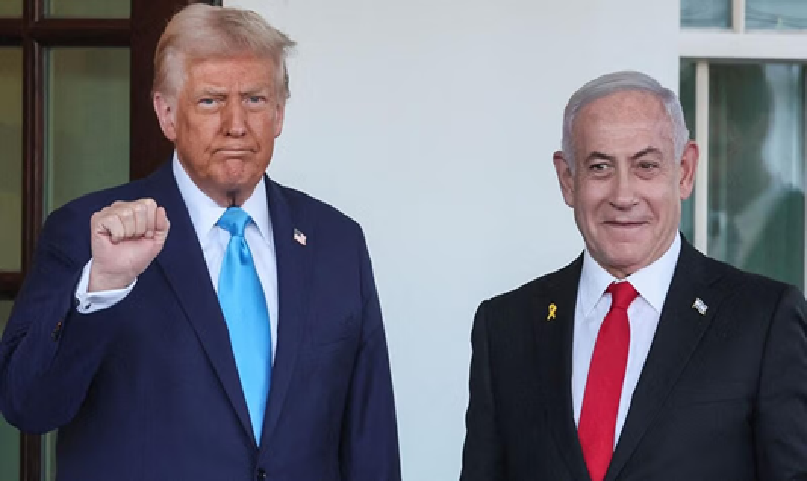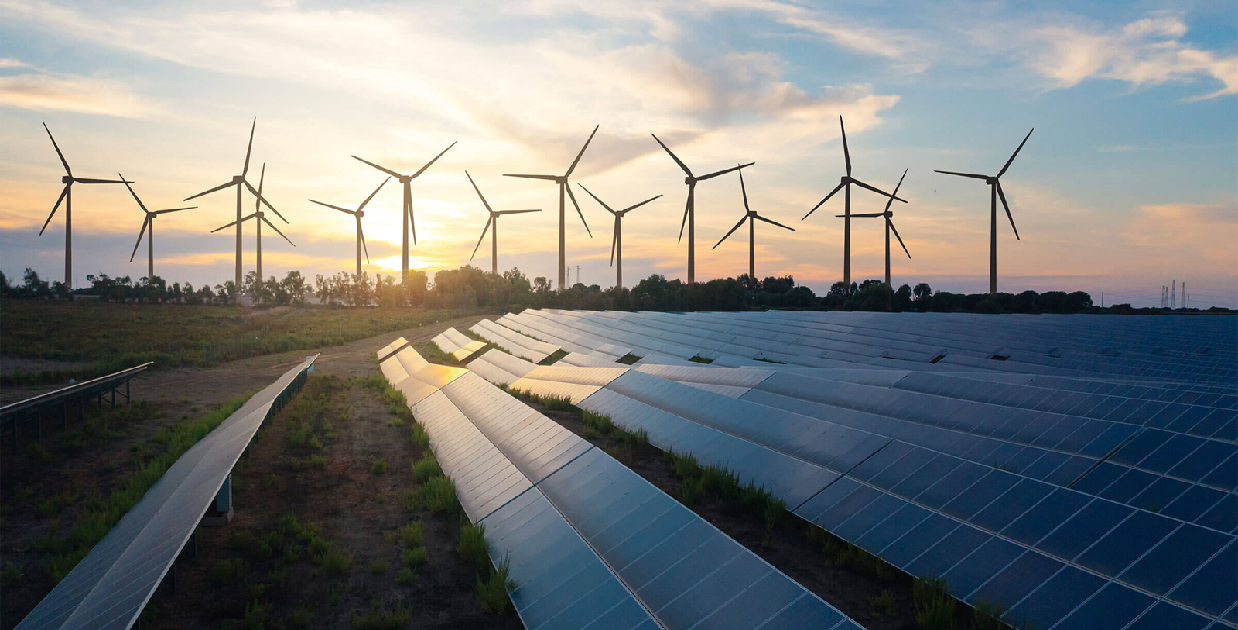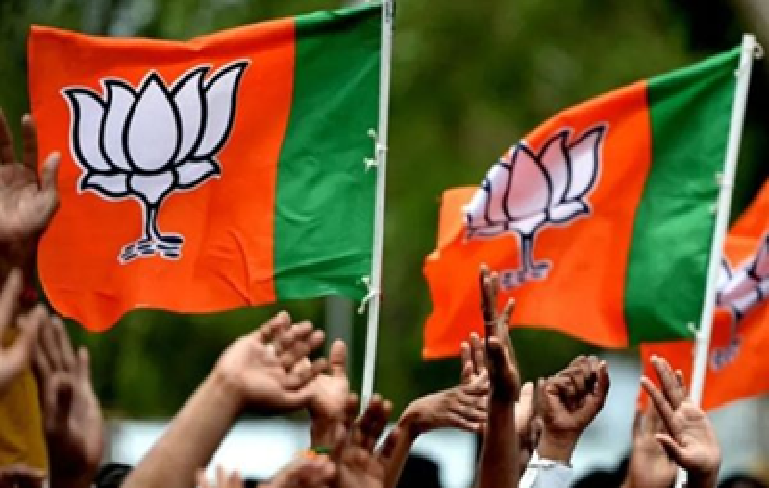
Modi turns 74, do we have a 2nd rung leadership?
On Tuesday, Prime Minister Narendra Modi turned 74 and there were celebrations across the country. He was 64 when he took over as prime minister for the first term in 2014 and he will be around 79 when his current term as PM ends in 2029 if the current BJP-led NDA government completes its tenure. The question obviously arises: Who is likely to succeed Mr Modi when he finally calls it a day and decides to hand over the baton to someone else? The BJP has veterans who could be considered frontrunners for the top post; there is the venerable Rajnath Singh who has served as Uttar Pradesh Chief Minister, and BJP National President before handling pivotal portfolios in the Union Cabinet including Defence.
There is Amit Shah whom many consider as the prime minister’s trusted lieutenant and one of those who is most likely to step into his shoes. And there is Yogi Adityanath, the popular chief minister of Uttar Pradesh, who has age on his side and also heads the government in the biggest state in the country. There are others too including the former Madhya Pradesh chief minister Shivraj Singh Chouhan, who served in the state for four terms before he was ‘elevated’ to the Centre for a major role as Agriculture Minister. And there is Nitin Gadkari, a former BJP national president, who recently burst a bombshell disclosing that he was approached by a senior politician from the opposition camp ahead of the Lok Sabha polls with an offer to support him as the prime ministerial candidate. He said he declined the proposition and instead affirmed his unwavering loyalty to his convictions and his party. There is obviously no dearth of seasoned leaders in the BJP with rich experience.
So one can’t help wondering why the party has not been doing much to project or promote any of the top leaders whom it considers appropriate, so that the nation can rest assured that there will be no leadership vacuum when the PM decides to step aside. Is it because the party would like Mr Modi to continue as long as possible for he remains the most popular politician in the country? Or is it because it would not like to have a struggle for leadership if one may call it that for now, when the question of a successor to the PM has hardly been discussed? The Opposition however has been taking pot-shots at the PM with leader of Opposition in the Lok Sabha Rahul Gandhi remarking that the ‘idea of PM Modi’s 56 inch chest was now gone.’
It is anyway quite obvious to most political observers that there is a sea of a difference between a government where a single party enjoys a comfortable majority and one in which it has to rely on its coalition partners to ensure it has the numbers. That has inevitably cast a shadow on the performance of the government and on its leaders including the PM, who will now have to tread the path of consensus and consultation rather than having their way all the time. Coming back to the question of ‘after PM Modi who’, one remember past instances where there have been Deputy prime ministers in the cabinet - and they stood shoulder to shoulder with the then PMs. They included Sardar Patel, Morarji Desai, Charan Singh, Jagjivan Ram, Yeshwanthrao Chavan, Devilal and of course LK Advani. Incidentally, the last time India had a deputy prime minister was in 2004 and it also raises the question whether the ruling dispensation should start seriously considering having someone who could also share the burden of administering a nation, with a staggering 140 crore people spread across 30 plus states and Union Territories. It could also put an end to speculation over the leadership question.
 English daily published in Bengaluru & Doha
English daily published in Bengaluru & Doha

